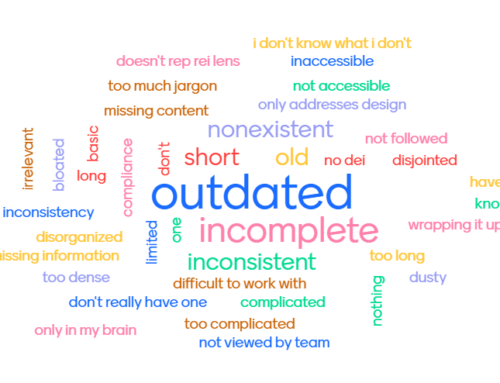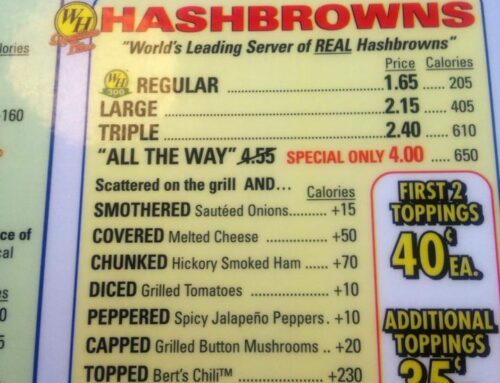
There is a lot of confusion when it comes to curating content versus stealing it. I will talk more about the right ways to curate content in my brand new webinar Sharing Is Caring: How to Curate Content to Engage Followers (and Save You a Ton of Time).
Curating content – or gathering resources published by others – is a great content marketing tool for nonprofits. It saves you from having to constantly create original content and positions your organization as a trusted source your followers can turn to for important information.
It also subtly lets people know that you are so confident in your own work, and in your position within your field or community, that you have no problem highlighting the good work of others.
But there are rules to curating content.
“Fair Use” in US copyright laws allows you to copy brief excerpts of copyrighted material for purposes such as criticism, news reporting, teaching, or research, without the need for permission from the copyright holder. Read more about fair use.
But copying and pasting large sections of an article or blog post is called “scraping” content, and in most cases, is violating copyright laws.
A few months ago, I saw that an organization was copying and pasting every blog post we published verbatim and re-posting them on their site. They used the same title and same photo – which we had paid for or had permission from others to use.
When I contacted them to delete the content immediately, they responded that they thought what they were doing was fine, because they didn’t publish the entire article (they usually copied everything but the last paragraph) and they always linked back to our original post at the end.
“Isn’t it OK to copy as long as I link back to the original?”
You cannot copy whole chunks of content even if you link back to the original if you add no commentary of your own. When deciding copyright cases arguing fair use, courts look for a “transformative” element to the new work – meaning there has to be something different about it. You have to add something new. It cannot substitute for the original work.
And you definitely can’t copy images from other sites. That’s a BIG no-no.
I sent the organization who was publishing our work an example of someone who did not have to receive permission from us but still used a lot of the content I wrote in a post. That author used a different image so they weren’t stealing images we had paid for, added their own opinion/commentary so it it can be covered by fair use, and quoted us by name several times. I also shared a link to Jeff Brooks’ blog who uses this approach on many of his blog posts as well.
If you do need to reprint a large section of something, or the whole thing, ALWAYS ASK THE AUTHOR FOR PERMISSION.
Ways to share your curated content.
Now that you know what curation isn’t, here are a few things you can do to share that curated content with your followers.
Tweet or share the original link on social media. With social media, you don’t have to write too much, so it’s easy to write a quick post explaining why you think this is important for your followers to read.
Add your opinion. Quote parts of an article and share how you agree or disagree with what the author is saying. You still need to attribute the quote to the original author and link to the post when possible. When quoting from a book, we link to the author’s book site or Amazon.
Do round up posts. Every Friday, I gather “the most helpful articles, posts, and tips for nonprofit marketers” for my Mixed Links round-up. Sometimes there is a theme to the links, but most of the time, I just share whatever I find that I think you would like.
Remember! Always give credit . . . you’re a curator, not a thief!
For more on curating content, join me for a BRAND NEW webinar Sharing Is Caring: How to Curate Content to Engage Followers (and Save You a Ton of Time) on August 24, 2023.






